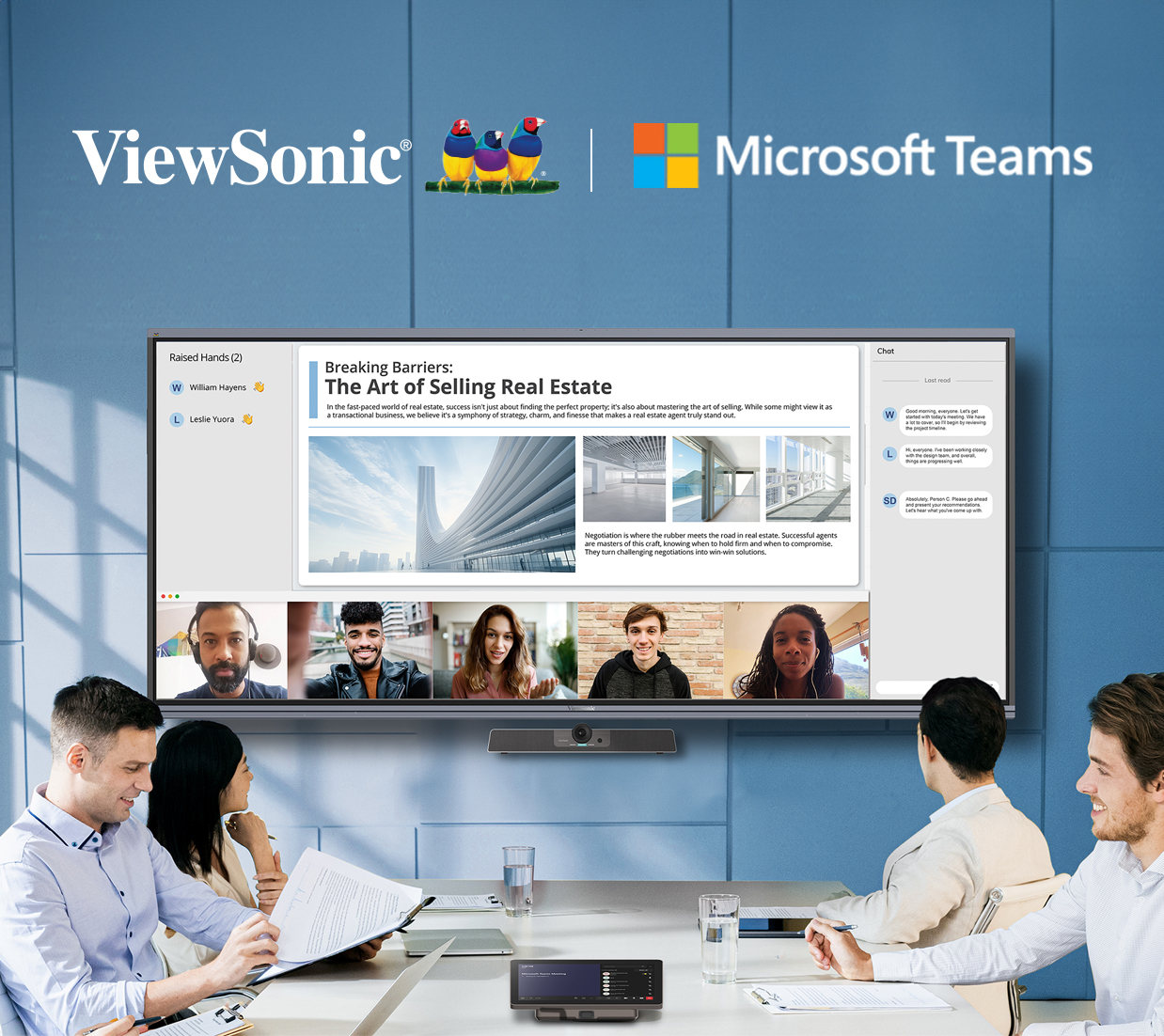How to Future-Proof Your Classroom Projector Purchase
- 16 de mayo de 2012
 When it comes to purchasing new technology, making the wrong decision can be a costly move – especially for financially strapped schools. For example, a district’s upfront cost when purchasing a device can be just a fraction of what they’ll pay if they buy the wrong device, which impacts both budget and resources.
When it comes to purchasing new technology, making the wrong decision can be a costly move – especially for financially strapped schools. For example, a district’s upfront cost when purchasing a device can be just a fraction of what they’ll pay if they buy the wrong device, which impacts both budget and resources.
ViewSonic has advice for educators on how to future-proof their classroom projector purchases, while making the best initial selection for their budget. Purchasers should first answer this simple list of questions to significantly lower total cost of ownership (TCO) to guide them in their decision-making:
1. Does the projector have a lamp? If so, what’s the expected lamp life?
Replacement lamps are not cheap; on average they can run $200-$300 per lamp. Look for the projector with longer lamp hours and a lower replacement lamp cost. Similar to the printer market, also be careful of projectors with a “too good to be true” price point. Often times, they will come with high replacement supply costs.
2. What sort of time requirements does the projector require of my staff?
Know whether your projector selection will require filter cleanings and replacement. This is usually the case with 3LCD projectors. These maintenance costs can add up over time, so to avoid filter costs completely, shop for a DLP projector.Look for top-loading projectors as well to avoid needing someone from the union to come out to change the bulb.
3. What sort of hidden costs might there be?
Installation and servicing can be expensive. Before you buy, talk with a servicer/installer who will answer your questions. Find one who will offer your school the best services for a good price. This can make a huge difference. The electricity costs of operating projectors can be more than you might think, so look for projectors with energy-saving features such as ECO mode (dims brightness by 20 percent) and DynamicEco™ (dims brightness by 70 percent). As an added bonus, these features will extend your lamp life too!
4. Warranty information can be confusing. What do I need to know? What is considered a good warranty?
Some projector companies offer seemingly longer warranties that exclude the more vulnerable moving parts and labor costs. Be weary of projectors that only ensure the chipset. This part of the projector hardly ever goes bad. To protect your investment, look for projectors with longer labor warranties (2+ years) to guard against costly repairs. A 1-year lamp warranty is also ideal in case the expected hourly lamp life isn’t meeting expectations. As most schools require 5-year warranties on the projector hardware, be sure to research which projector brand has the best price on extended warranty options.
To share hard numbers with your district heads on the savings your school can expect to achieve, check out our DLP projector TCO calculator. Still have questions about your next projector purchase? Ask us here!


Formulario de inicio de sesión y registro